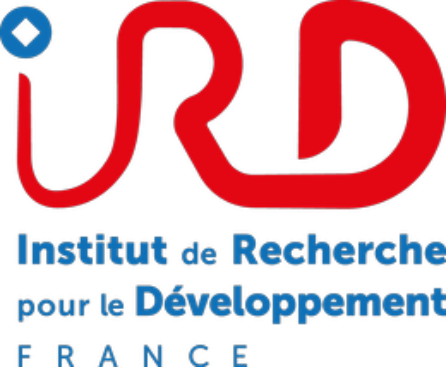Why palms?
Palms (Palmeae/Arecaceae) are one of the most ecologically, agronomically and economically important plant families, particularly in the tropics and often in developing countries.
Because of their multiple uses, palms play an important role in food security and the fight against poverty, at both macro and micro levels. Palms are versatile species providing a wide range of products, including food, building materials and medicines. Some species such as the African oil palm (Elaeis guineensis), the coconut palm (Cocos nucifera) and the date palm (Phoenix dactylifera) are the sources of products of macroeconomic importance. Research on the biology of these palms and on the development of methods that allow improved exploitation of them is therefore an important issue for the future. At the other end of the economic scale, many palm species are used in subsistence agriculture or as sources of non-timber forest products, often remaining poorly studied and exploited. Species of this type would greatly benefit from new research to assess and develop their potential for sustainable use in the future.
The palm family is very diverse and abundant in tropical ecosystems across the globe, especially in tropical rain forests. Palms serve as an excellent model for studying evolution and population dynamics, not only in tropical moist forests, but also in other, more arid ecosystems to which some species have adapted.
In addition to their adaptive diversity, palms show great diversity with respect to their morpho-anatomy (e.g. leaf, inflorescence, flower and fruit form), biology (e.g. reproductive systems, germinal characteristics) and biochemistry/metabolism (e.g. fruit and seed lipid content). They provide a model group by which to study the origin and evolution of morphological diversity in the tropics, or to better understand the genetic, physiological and metabolic processes that govern this diversity.
Within the DIADE unit, research on palms in the broad sense has a long history going back to the 1990s. Our research today is multidisciplinary and many themes are tackled by more than one team. Currently our staff consists of about a dozen researchers, engineers and technicians working in four teams. Our research is divided into three major complementary themes:
A: The development, physiology and biochemistry of palms, to better describe and understand the mechanisms underlying their flowering, the abscission of their fruits, their metabolism (in particular that of lipids) and the germination of their seeds
B: The regulation and evolution of genomes in the context of adaptation to abiotic constraints, domestication, speciation, in vitropropagation and the evolution of reproductive systems;
C: The biodiversity and agro-biodiversity of palms for their conservation, description of their genetic diversity, taxonomy and description of their social, economic and ethnobotanical importance.
Teams involved
Advens (Plant Adaptation to Stress and Environment)
DYNADIV (Anthropisation and Dynamics of Plant Genetic Diversity)
EDI (Evo-Devo of the Inflorescence)
F2F (Flower to Fruit)
Palm research themes
A. Development, physiology and biochemistry
- 1. Regulation of flower and inflorescence development
- 2. Fruit abscission
- 3. Lipid metabolism
- 4. Physiology of germination
B. Evolution of genomes
- 1. Adaptation
- 2. Domestication
- 3. Macro- and micro- speciation
- 4. Reproductive systems
C. Biodiversity and agro-biodiversity
- 1. Conservation
- 2. Genetic diversity
- 3. Taxonomy
- 4. Socio-economic factors and valorisation
Personnel (in alphabetical order) and their research interests
Aberlenc Frédérique (F2F team; A1, B1-4, C1-4)
Beulé Thierry (F2F team; A1, A4, C1, C2)
Collin Myriam (F2F team; A1, A2, A4)
Couvreur L.P. Thomas (DYNADIV team; B2-3, C1-4)
Doulbeau Sylvie (F2F team; A3)
Dussert Stéphane (Advens team; A3-4, B1-2)
Ilbert Pascal (F2F team; A1, A4, C1)
Morcillo Fabienne (F2F team; A2-4)
Serret Julien (F2F-Advens teams; A2-4)
Tregear James (EDI team; A1, B1, B2, B4)
Tranbarger Timothy J. (F2F team; A2-3, B2, C1-2)
Vaissayre Virginie (Advens team; A3-4)
Vigouroux Yves (DYNADIV team; A1-3)
Scientific disciplines and technical approaches
In order to successfully tackle these major themes, our research in the DIADE unit draws upon a wide range of different techniques and infrastructures:
Bioinformatics (dedicated pipelines, upcoming Palm Comparomics Hub interface)
Cryopreservation
Greenhouses and growth chambers
In vitrotissue culture, clonal plant production laboratory
Next Generation Sequencing (NGS)
Analytical Chemistry
Molecular biology and functional biology
Histo-cytology and scientific imaging
Genetic resources and collections




